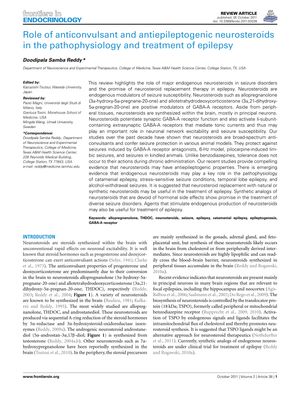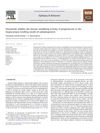Role of Anticonvulsant and Antiepileptogenic Neurosteroids in the Pathophysiology and Treatment of Epilepsy
January 2011
in “
Frontiers in Endocrinology
”

TLDR Neurosteroids show promise for treating epilepsy and more research is needed.
The document from 2011 reviews the potential of neurosteroids, such as allopregnanolone and THDOC, in the treatment of epilepsy due to their anticonvulsant and antiepileptogenic effects. These neurosteroids modulate GABA-A receptors and have been shown to suppress seizures in animal models without leading to tolerance. They may also prevent the development of epilepsy. The review suggests that neurosteroid replacement therapy, including the use of synthetic analogs like ganaxolone, could be effective, particularly in conditions like catamenial epilepsy, which is influenced by menstrual cycles. Clinical trials with ganaxolone involving over 900 subjects have demonstrated its safety and efficacy, with a notable trial showing an 18% decrease in mean weekly seizure frequency. The document concludes that neurosteroids are promising for epilepsy treatment and calls for further research, especially in the context of "neurosteroid replacement" for seizures related to endogenous neurosteroid fluctuations.
